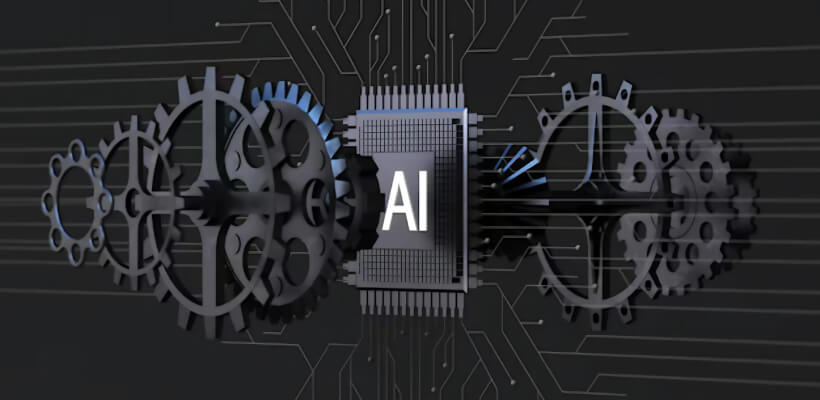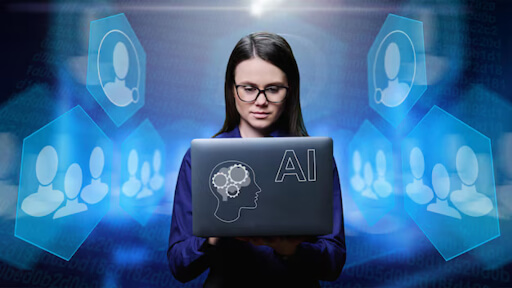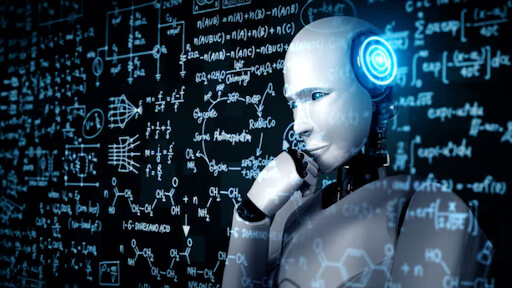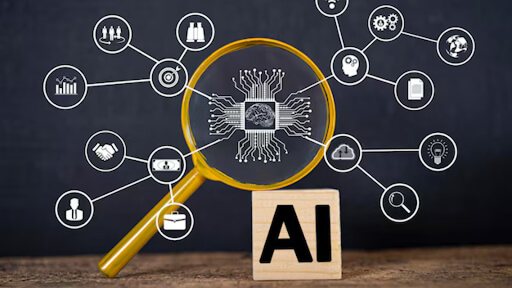 1-800-805-5783
1-800-805-5783 
Today’s AI scene is shifting fast, with two methods catching eyes—evolutionary algorithms and generative AI. Each one brings its problem-solving knack and a spark of creativity. When you mix them, you often end up with a pathway that can lead to breakthrough advances in various fields.
Evolutionary algorithms (EAs) are optimization methods based on genetics and natural selection. They use selection, crossover, and mutation operators to develop a population of potential solutions across several generations to investigate and exploit the solution space. This method works well for complicated optimization issues where more conventional approaches might not work.
These characteristics enable EAs to tackle various applications, from engineering design to financial modeling.

Algorithms that produce fresh, unique content—such as text, photos, music, and more—are called generative AI. Generative AI has transformed industries like art, entertainment, and design by using models like Generative Adversarial Networks (GANs) and Variational Autoencoders (VAEs) to produce outputs that closely resemble human ingenuity.
The versatility of generative AI underscores its potential to augment human creativity across various sectors.
The fusion of evolutionary algorithms and generative AI combines the exploratory power of EAs with the creative capabilities of generative models. This synergy enhances the generation of novel solutions and content, offering several advantages:
By integrating EAs with generative AI, researchers and practitioners can unlock new potential in AI-driven creativity and problem-solving.

The integration of evolutionary algorithms in AI has led to significant advancements across various sectors:
These applications demonstrate the versatility and impact of evolutionary algorithms in AI across diverse industries.
Several studies and statistical analyses support the usefulness of evolutionary algorithms in AI. For example, studies have demonstrated that EAs may solve complex, high-dimensional problems more effectively than conventional optimization techniques. Furthermore, statistical methods have been created to evaluate the effectiveness of various evolutionary computation algorithms, guaranteeing the validity and dependability of outcomes produced by EAs.
While the integration of evolutionary algorithms in AI offers numerous benefits, it also presents specific challenges:
Addressing these challenges is crucial for effectively applying evolutionary algorithms in AI.
The future of integrating evolutionary algorithms in AI holds promising prospects:
Continued research and innovation in this area are expected to further enhance the capabilities and applications of evolutionary algorithms in AI.

The integration of evolutionary algorithms in AI represents a powerful convergence of optimization and creativity. By harnessing the exploratory prowess of EAs, AI systems can achieve enhanced performance, adaptability, and innovation across various domains. As research progresses, this synergistic approach is poised to drive significant advancements in artificial intelligence, unlocking new possibilities and solutions to complex challenges.
What are evolutionary algorithms in AI?
Evolutionary algorithms are optimization techniques inspired by natural selection. They evolve solutions over time by selecting, mutating, and recombining candidate options.
How do evolutionary algorithms relate to generative AI?
They can optimize generative AI models by evolving architectures, parameters, or prompts to improve output quality, creativity, and efficiency.
What are the benefits of combining these technologies?
The synergy boosts problem-solving, enables the automated design of AI models, and supports innovation in game design, art, and scientific discovery.
Are there real-world applications of this integration?
Industries use this combination in drug discovery, autonomous systems, creative content generation, and financial modeling to find optimal solutions faster.
[x]cube has been AI-native from the beginning, and we’ve been working with various versions of AI tech for over a decade. For example, we’ve been working with Bert and GPT’s developer interface even before the public release of ChatGPT.
One of our initiatives has significantly improved the OCR scan rate for a complex extraction project. We’ve also been using Gen AI for projects ranging from object recognition to prediction improvement and chat-based interfaces.
Interested in transforming your business with generative AI? Talk to our experts over a FREE consultation today!